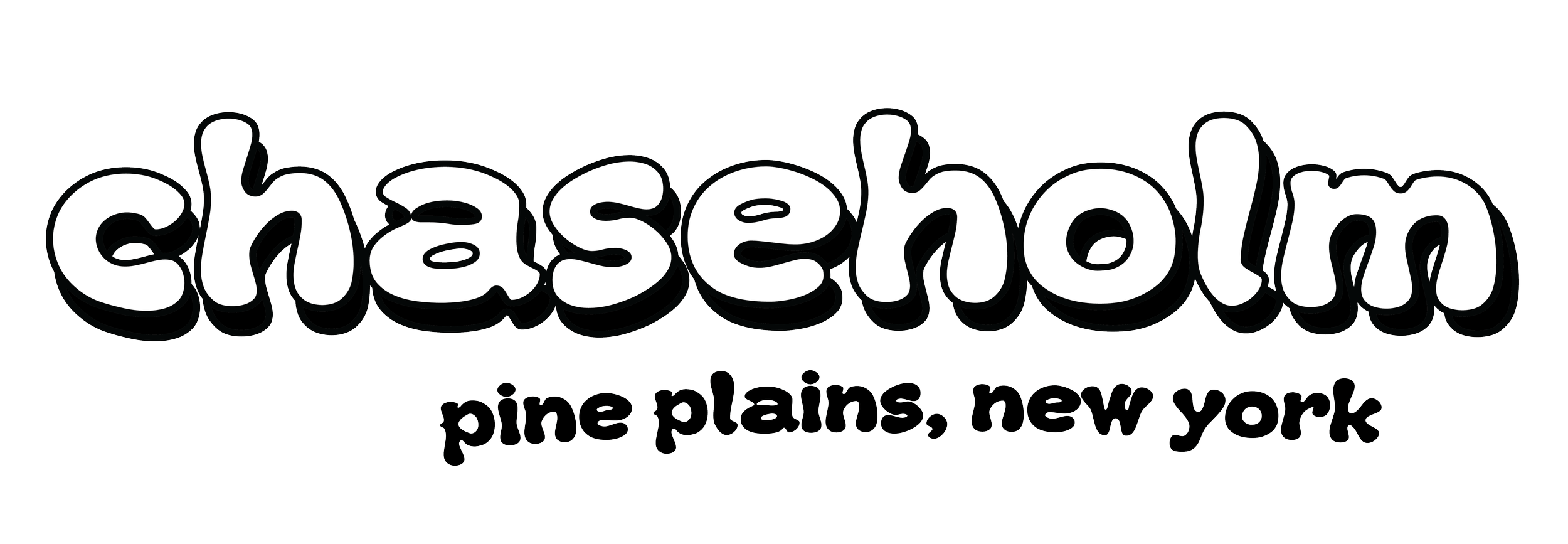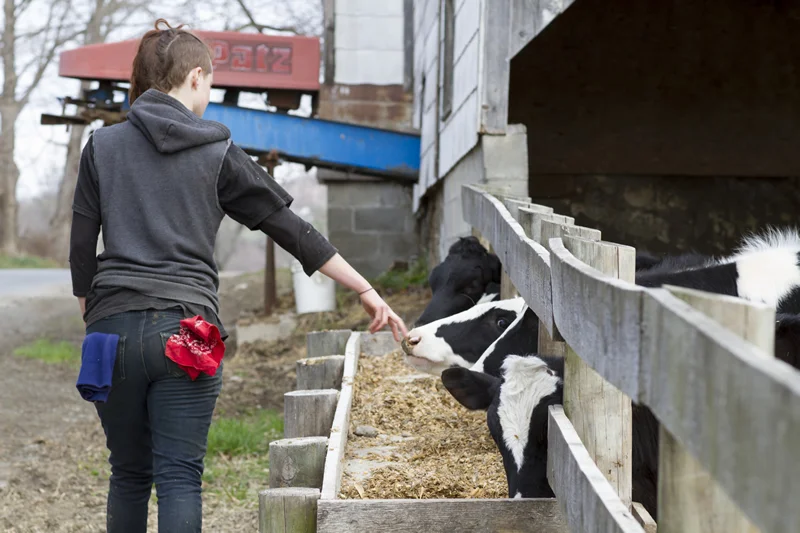They use their forage adapted bodies to turn grass into rich fat. Dairy cows are known for putting that fat into their milk, while beef cows store fat in their tissues. Most modern dairy cows are bred to maximize milk production while being supplemented with grain, but Chaseholm cows are bred to create animals that are well adapted to eat only grasses and legumes. This cow grows sleek and shiny in the summer with a full rumen that allows her to take in our pasture grasses and make them into an ample supply of milk. She doesn't "milk off" all her converted fat; she also keeps some for herself. This layer of fat softens her dairy angularity: she looks fit and full. A cow like this is perfect for a life spent grazing and making milk, chewing her cud in the sunshine, rain and snow.
In death, a cow like this is able to fulfill her second purpose; because she has been well cared for and well nourished over a lifetime her body contains meat and fat that is deeply nourishing for humans. Seeing these creatures grow and change and knowing each one of them intimately—both through all the work that went into raising them, and also who they are and their personalities—taught me to value them as much in death as we do in life.
When a cow is slaughtered for her meat at an older age the meat is imbued with more depth of flavor. There is a breed of cattle in Spain that are generally slaughtered only after they are 10 years old! In the USA most cattle used for meat don’t live much past 2 years old and milk cows don’t fare much better, on average living 4 years. At Chaseholm, an all-grass diet leads to a healthier, longer life. We are a young dairy, and therefore have many younger cows, but we are growing older together. I have many cows who’ve been with me since my first day in 2013.
Resources
If you would like to learn more about the nutritional qualities of grass-fed dairy products, we recommend the following resources:
- Benbrook CM, Davis DR, Heins BJ, et al. Enhancing the fatty acid profile of milk through forage-based rations, with nutrition modeling of diet outcomes. Food Sci Nutr. 2018;00:1–20. https://onlinelibrary.wiley.com/doi/abs/10.1002/fsn3.610







